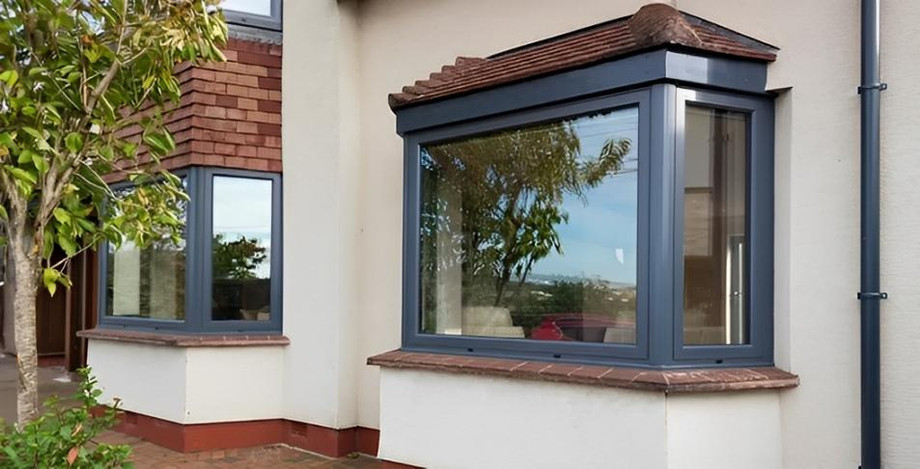Introduction to Ready-to-Assemble (RTA) Furniture
Ready-to-Assemble (RTA) furniture, also known as flat-pack or knock-down furniture, has transformed the furniture industry with its convenience, cost-effectiveness, and accessibility. Often associated with brands like IKEA, RTA furniture comes in pieces that consumers can assemble at home. This type of furniture strikes a balance between cost, utility, and appeal, making it an attractive option for many. However, like any product, it comes with its own set of advantages and disadvantages. Let's delve into the pros and cons to help you decide if RTA is the right choice for your home.
Pros of Ready-to-Assemble Furniture
1. Cost-Effectiveness
One of the most compelling reasons for choosing RTA furniture is its price point. Since the assembly is outsourced to the buyer, companies save on labor costs, which translates to lower retail prices. This price advantage is particularly beneficial for individuals like students or those furnishing a residence for the first time.
2. Ease of Transport
RTA furniture typically comes in flat, manageable boxes which are undoubtedly easier to transport than fully-assembled pieces. This reduces shipping costs and makes moving into a new home or apartment less cumbersome. This logistics advantage not only benefits the consumer but also contributes to lower carbon emissions due to less transportation volume.
3. Variety and Selection
Retailers provide a vast array of styles, colors, and sizes in RTA furniture, allowing consumers to mix and match or completely overhaul their decor without breaking the bank. The market's diversity in RTA options can cater to nearly any design aesthetic, from modern minimalist to classical.
4. Customization Potential
Some RTA items allow for personalization in assembly — like choosing where shelves go or deciding on handle orientations. This flexibility can be appealing for those who want their furniture to reflect their personal style or meet unique needs.
5. Disassembly and Mobility
The very nature of RTA furniture means it can be disassembled if you need to move or redecorate. This feature can be especially useful in rental properties where moving frequently is common, reducing the hassle associated with furniture relocation.
Cons of Ready-to-Assemble Furniture
1. Assembly Required
Perhaps the most obvious drawback is the assembly requirement. This can be time-consuming, requiring tools, patience, and a certain level of DIY skill. For those uninterested or unskilled in assembly, this can transform what could have been a simple purchase into a project.
2. Durability Concerns
RTA furniture is often made with materials like particleboard, locked together using cams and dowels rather than more robust joinery techniques. While quality varies significantly between brands, this construction method can result in furniture that's less sturdy, especially if assembly isn't performed correctly.
3. Quality Issues
The quality of RTA furniture can be hit or miss. Lower price points might reflect lower quality materials or construction, leading to issues like wobbly desks or drawers that don’t glide smoothly. Ensuring the brand has a good track record for quality can mitigate this risk.
4. Time Investment
Setting up RTA furniture can take hours, especially for complex pieces like entertainment centers or full bedroom suites. Time is an investment you need to consider when buying such furniture, and for some, this might be a deal-breaker.
5. Lack of Professional Installation
Without professional assembly, mistakes can occur, and without the guidance of experienced furniture assemblers, slight imperfections or misalignments might not be corrected, impacting both function and aesthetics.
Balancing the Pros with the Cons
When considering RTA furniture, weighing these pros and cons against your personal needs and lifestyle is crucial:
- **Temporary Furnishing**: If you're furnishing a temporary space or need something cost-effective and movable, RTA furniture is ideal.
- **Design Flexibility**: For those who enjoy design flexibility or want to experiment with decor, the customization provided by RTA can be a huge draw.
- **Long-term Use**: If you're looking for durability and long-term furniture solutions, opting for higher-end RTA products or considering traditional, pre-built furniture might be worth the additional cost.
- **Skill and Patience**: Your DIY skill level should influence your decision. If assembly feels daunting, you might look for furniture that can be delivered ready-to-use or opt for professional assembly services where available.
Conclusion
Ready-to-Assemble furniture offers a middle ground between cost, design, mobility, and personal utility. While the lower costs and flexibility in styling and function are attractive, they come at the expense of assembly time, potential durability issues, and a variable quality spectrum. The key to making the right choice lies in understanding these factors and how they align with your lifestyle, design preferences, and the intended longevity of the furniture. Whether you're furnishing a dorm, your first apartment, or simply looking to refresh a room, understanding what RTA furniture brings to the table can help make your decision an informed one.
Next Steps
Consider your space, budget, and the amount of time you're willing to invest in assembling furniture. Brands like IKEA offer RTA with varying degrees of ease in assembly and quality. For more robust needs, there are companies focusing on higher-quality RTA options that might not save as much on price but offer improvements in material and construction. Always read reviews, consider if a warranty or return policy is important to you, and perhaps watch a tutorial or two for the product you're considering. With the right choice, RTA furniture can be a smart, stylish addition to your home.


